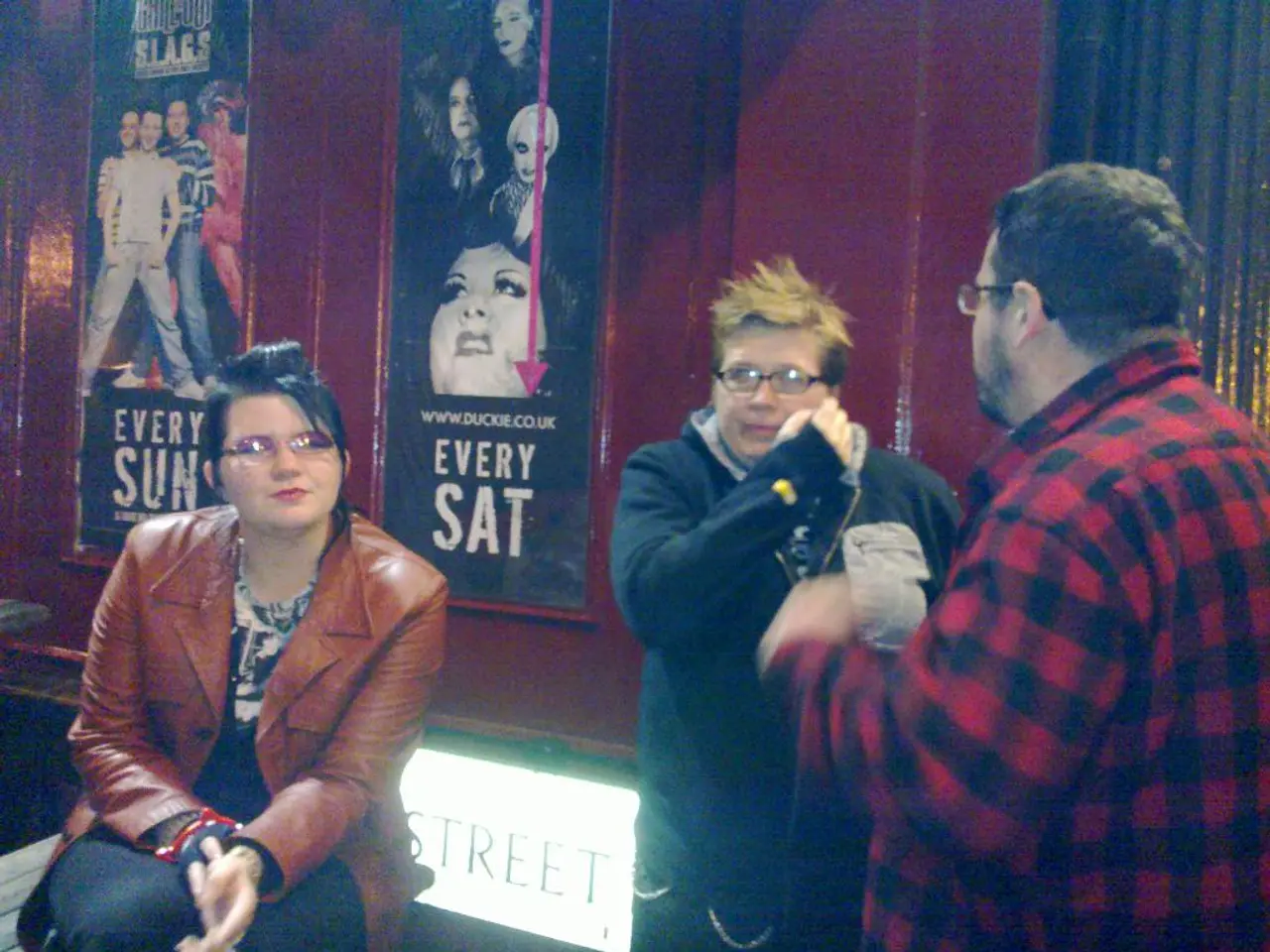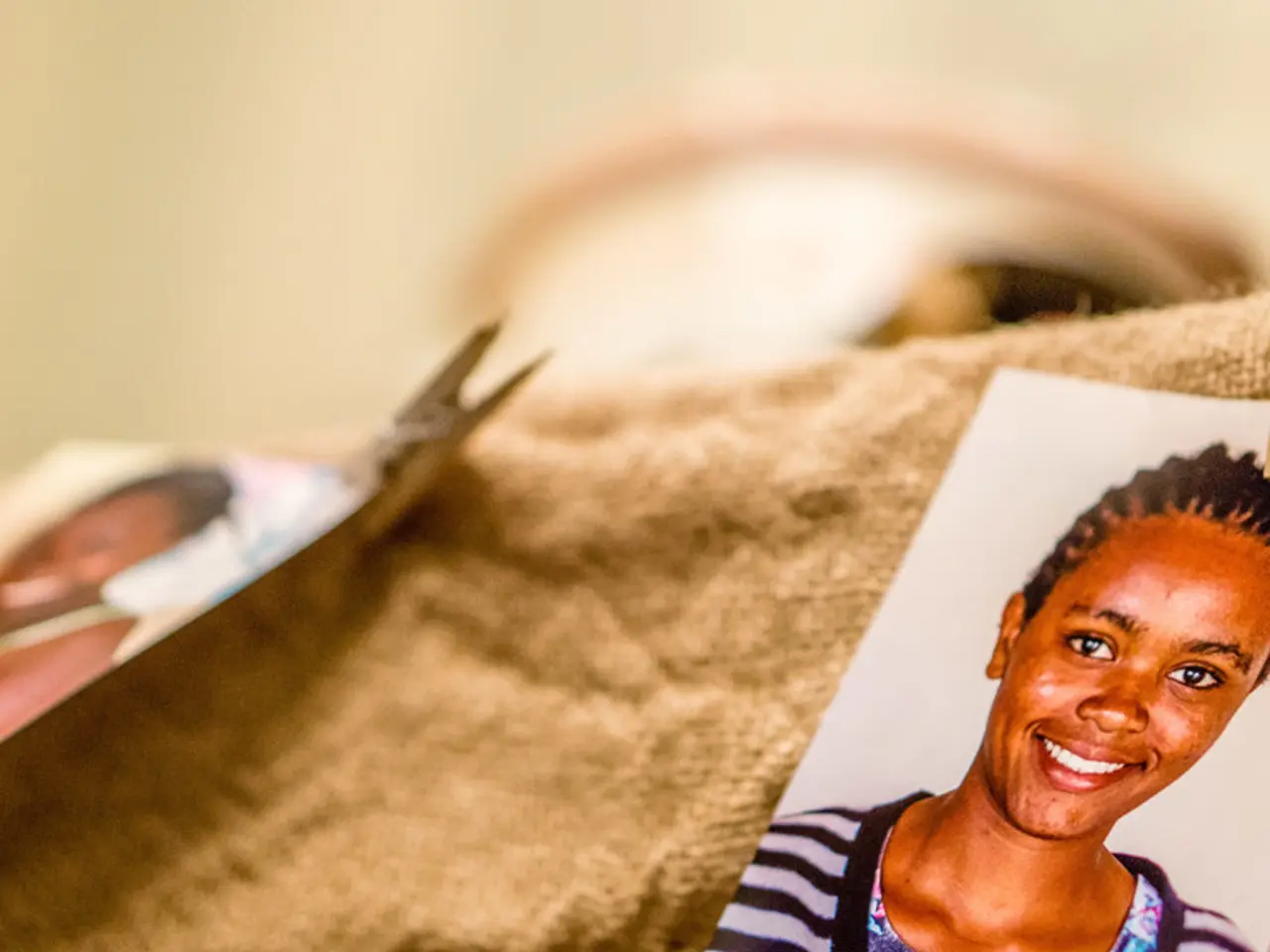A nude figure resembling a mermaid sparks explicit controversy
In the heart of Denmark, a large mermaid statue, known as Den Store Mermaid, has sparked a heated debate. Created by local sculptor Peter Bech, the statue, standing at a towering 4 meters tall, was initially placed near Copenhagen's famous Little Mermaid. However, due to criticisms of its perceived vulgarity, it was moved to Dragør Fort in 2018[1][3].
The statue's depiction of the female form has been a subject of contention, with some viewing it as an exaggerated, sexualised portrayal that makes women uncomfortable about their own bodies[2][4]. Critics, including art critics and journalists, have described the statue as "ugly and pornographic," and argue that it clashes with the historical significance of Dragør Fort[2][4].
However, Peter Bech, the sculptor, defends his work, stating that the statue has normal proportions relative to its size, and dismisses the criticism as "pure nonsense"[3][5]. Some locals and commentators believe the uproar reflects broader societal discomfort with the female body rather than any inherent flaw in the statue itself[2].
The Danish Agency for Palaces and Cultural Heritage has ordered the removal of the statue, citing that it does not fit the cultural heritage of the 1910-era fort and that its installation was unauthorized[1][4]. The agency's chair, Helle Barth, stated that the statue takes up a lot of space[4].
The sculptor's offer to donate the statue for relocation was rejected partly due to practical concerns about space, not necessarily its artistic merit[1][5]. Some politicians argue that the criticism is too simplistic and that society shouldn't be afraid of a portrayal involving breasts[5].
The debate reflects tensions between preserving historical cultural heritage and contemporary views on public art and female representation[2][4]. Aminata Corr Thrane, Berlingske's debate editor, compared the scrutiny of the Big Mermaid's breasts to body shaming[4]. Sorine Gotfredsen, a priest and journalist, wrote that the statue is "Erecting a statue of a man's hot dream of what a woman should look like is unlikely to promote many women's acceptance of their own bodies"[4].
The Big Mermaid has been referred to as "the fake and vulgar mermaid" by some locals[2]. Mathias Kryger, an art critic for Danish paper Politiken, has added to the criticism, denouncing the statue as "ugly and pornographic"[2].
References:
[1] Politiken. (2021). The Big Mermaid: The controversial statue is being removed. Retrieved from https://politiken.dk/kultur/kunst/a/K-kultur/Den-Store-Mermaid-bliver-fjernet-2853410
[2] Berlingske. (2018). The Big Mermaid is moving to Dragør Fort. Retrieved from https://www.berlingske.dk/kultur/kunst/a/K-kultur/Den-Store-Mermaid-flytter-til-Dragor-Fort-2629626
[3] Politiken. (2006). The Big Mermaid is unveiled. Retrieved from https://politiken.dk/kultur/kunst/a/K-kultur/Den-Store-Mermaid-bliver-afsløret-2075605
[4] Politiken. (2021). The Big Mermaid: The debate about the statue. Retrieved from https://politiken.dk/kultur/kunst/a/K-kultur/Den-Store-Mermaid-debatten-om-statuen-2853410
[5] Information. (2021). The Big Mermaid: The statue that divides Denmark. Retrieved from https://www.information.dk/2021/03/den-store-mermaid-statuen-der-deler-danmark/
- In contrast to the controversy surrounding the towering statue of the Big Mermaid in Denmark, a growing number of social-media users are utilizing platforms to discuss and challenge traditional pop-culture portrayals of women's bodies, striving for more realistic and diverse representations.
- The debate about the Big Mermaid statue in Denmark, with its critics describing it as "ugly and pornographic," has sparked a deeper conversation about the role of entertainment in shaping pop-culture perceptions of the female form, and the need for more thoughtful and empowering representations.







